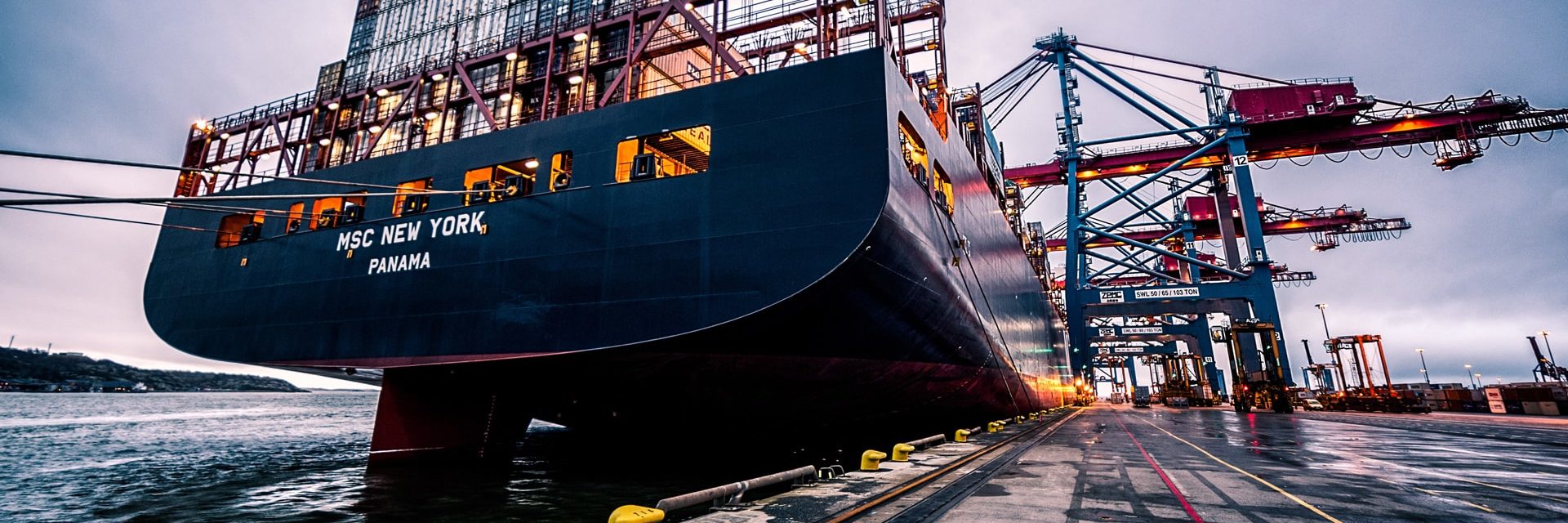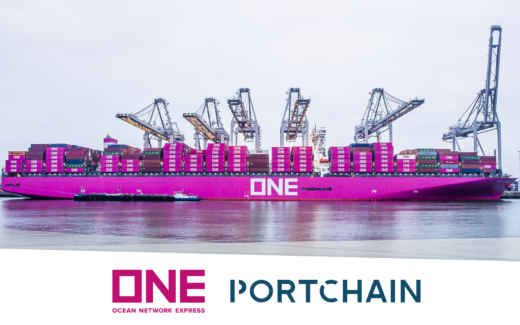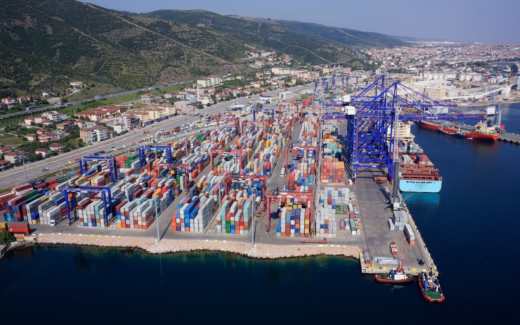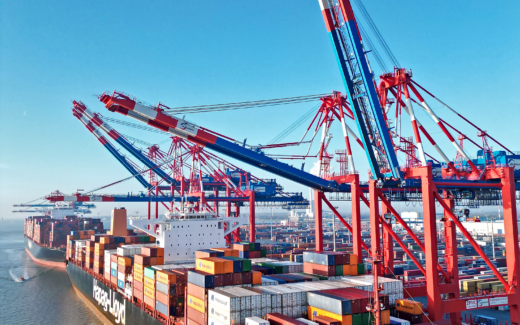
AI solutions become key to overcome Covid-19 challenges
Covid-19 has created an unprecedented amount of disruption to people’s lives and the global financial system. During this Black Swan event, companies have been first fighting to ensure their employees’ safety. At the same time that quickly trying to transform themselves to handle both the immediate situation at hand and the “new normal” they expect to see in Covid-19’s aftermath. Portchain’s team is very familiar with transformation and new solutions such as Artificial Intelligence (AI). Therefore, we would like to offer our thoughts to your terminal during this challenging time.
World trade has been severely disrupted. The WTO predicts a fall in international commerce of between 13% and 32% this year (WTO, 2020). A recovery is expected but it is dependent on the duration of the outbreak and the effectiveness of the policy responses. Already, we have seen disruptions to container vessel schedules across the world that reduce the predictability of port call times and durations. This means that the ability to quickly create contingency plans and change them frequently is now more important than ever.
Portchain’s AI solutions for the shipping industry
There have been additional region-specific labor challenges within terminals. Social distancing requirements have led to changing shift patterns and longer breaks to ensure deep cleaning can take place. The 30% of port authorities report a moderate to serious decline in staff availability (IAPH-WPSP, 2020). This changing supply in labor means that you have to get the absolute most out of the available workforce to ensure you can meet customer demand and performance agreements.
The ways of working have already changed to accommodate remote working and collaboration. Container carriers are working remotely. And in-person meetings with port captains/agents and terminals have been replaced by virtual meetings. This can pose their own challenges if the terminal does not have tools that can support this transition. New ways of working and supporting tools need to be found to accommodate these changes. Consequently, in order to avoid decreased collaboration between carriers and terminals.
Digital business transformation is the solution and the time is now
The future is digital and over the last two months we have fast-forwarded 5 to perhaps even 10 years in the evolution of how we work. History and current predictions tell us that many of the changes are here to stay. In 2017, all of the respondents from a TT Club survey thought the most likely future scenario for container shipping would be either Digital Reinvention or Digital Disruption1.
A digital business transformation will allow a terminal to unlock the value of the data from their physical assets. This will allow to optimize operations and create the maximum amount of value. In addition, speed up decision making and create new and more efficient forms of collaboration. Now more than ever, terminal operators have the right tools at their disposal to digitally transform due to two key trends:
- Technology innovation. Such as the increasing abundance of computer processing power and cloud storage, have given rise to new, better solutions to traditional problems. These technologies allow powerful scalable solutions to be quickly deployed without any additional onsite investment.
- Business model innovation. Such as software as a service (SaaS), allows companies to “subscribe” to products, therefore negating the need for large upfront capital investments through a pay-as-you-go model.
Portchain’s AI solutions to smooth the road to digitalization
Digital business transformation is hard. Organizations often struggle to move away from business as usual and to be truly transformational. Often, the aspiration is too low without a sufficient buy-in from the rest of the organization and the skills required are new and do not exist in the organization. Moreover, there is a lack of rigor such as a transformation office with the right decision making power and performance management. Specifically in the container shipping industry, what we have seen is that terminals have often prioritized investing in their physical assets (e.g., cranes). They are also less digitally mature than other industries. Harvard Business Review identified that logistics, amongst other heavy industries, are the least digitally mature2.
Success factors for a digital business transformation
As you embark upon your own digital business transformation, there are a number of success factors you should consider:
- Create a bold value-based vision that everyone can buy into. Ensuring you find the right balance between speed and long term thinking. You need to make decisions that will save money and improve performance now whilst still building a platform for your longer term growth.
- Engage everyone across the terminal. Ensure they are bought into the vision and the execution of your transformation plan. Uncertainty during the current environment and the personal impact of this crisis means that now more than ever you have to manage this change with your workforce.
- Focus on a small number of high impact projects. Link them to the aims of your digital business transformation. Trying to execute a large number of projects will likely lead to poor or failed execution across the board. Grade your projects by impact, and focus only on the top handful of projects supported by the right people and external expertise.
- Create the right transformation infrastructure. For example, cadence of meetings with correct decision rights, initiative and value tracking process. Ensure decisions are made quickly and results are being delivered.
It is possible to win in challenging times
It should come as welcome news that it is possible to win in these tough times. In a study conducted by Bain & Company after the last financial crisis, some ‘winners’ managed to achieve 17% compounded annual growth rate during the downturn. One of the traits of these winners was that they cut costs in appropriate places but also selectively invested in areas to improve the core of their business. Now is the right time to think about how to improve the core of your business and how it can flourish both now and in the longer term.
Toby Miller is Head of Customer for Portchain. Prior to Portchain, he has supported a number of multinationals with multi-billion dollar transformations while working at McKinsey & Co. He has a Masters Degree in Engineering from the University of Oxford, specializing in machine learning and advanced mathematics.
Portchain is helping terminal operators optimize their operations through AI and cloud. Helping them collaborate digitally with the different terminal stakeholders and customers. Learn more about Portchain’s Berth Optimization Engine here. And see how Portchain’s innovative delivery models can kick-start your transformation journey today. We can remotely deliver industry solutions to allow you to thrive in this crisis and beyond.
1 Brave new world? Container transport in 2043, TT Club & McKinsey & Co – 2017
2 Which Industries Are the Most Digital (and Why)?, HBR – 2016




